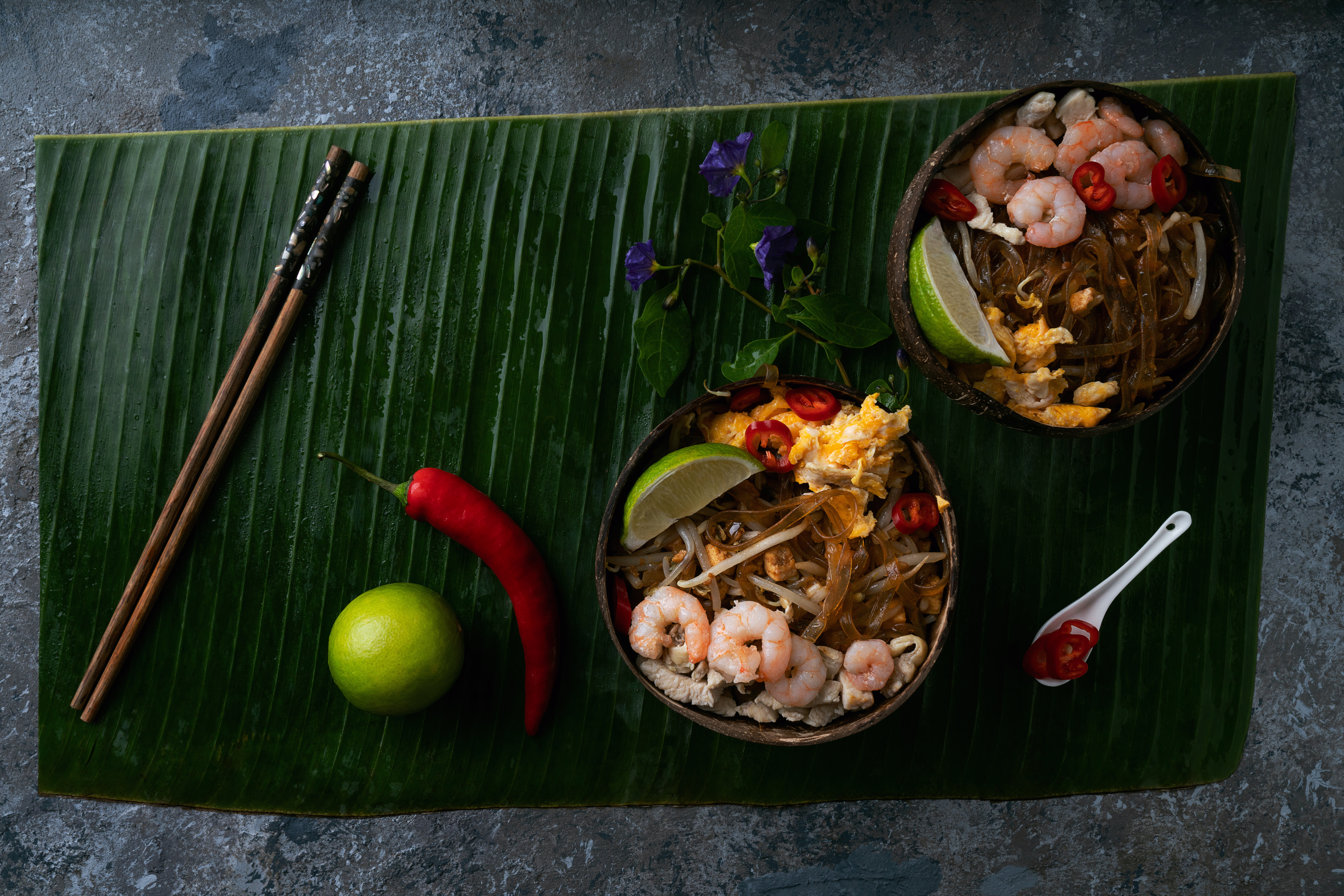LONDON (BLOOMBERG) – There are more than 2,000 Thai restaurants around the UK; almost all are Thai-owned. But until recently, few offered much more than Chinese-style, deep-fried starters, a couple of soups, the ubiquitous pad thai and “traffic light” curries coloured green, red and yellow. Spice levels were dumbed down, coconut came from a can and the décor invariably had more to do with the 1950s Broadway musical The King and I than any nonfictional representation of Thailand.
So it’s about time that London’s Thai food scene has started to make room for regional restaurants and bars that specialize in authentic dishes, alongside inspired Thai-British fusion dining spots.
The chilli-and-fish-sauce revolution has been fuelled by a clutch of recent openings. The new southern Thai grill Kolae in Borough Market and the perennially sold out pop up, Anglo Thai (slated to move into a permanent site early next year), both offer compelling experiences of the Southeast Asian country’s cooking.
It’s a movement that kicked into high gear last year with a couple of collaborations between chef Luke Farrell, who splits his time between London and Thailand, and the restaurant group JKS, whose imposing UK empire includes Gymkhana, Lyle’s, Kitchen Table and Sabor. The most high-profile Farrell-JKS project is Speedboat Bar, offering a downtown Bangkok experience to the Soho crowd, complete with incendiary stir-fries, with beer towers, a pool table and a late license. Another collaboration is Plaza Khao Gaeng, serving southern specialties in an informal, canteen-like dining room in Centrepoint’s Arcadia food hall. Farrell hints at future projects: “We’ve done the south, and Bangkok..” In other words, look out for a northern Thai restaurant from the team next year.
The London movement has also benefited from Bangkok’s expanding dining scene, as the city collects notable restaurant awards and grabs international attention. Once known almost exclusively for its cheap eats, Bangkok has become a destination for food lovers who want a high-end experience, often at a lower price than they would find in other major cities.
“There’s a young generation of chefs, prompted by the Michelin Guide (in Bangkok), and a new perception that being a chef is a proper career, who are-respectfully-changing things up,” says John Chantarasak, co-founder of Anglo Thai. “It’s an exciting time in Bangkok, as well as London.”
At Kolae, chef-owner Andy Oliver, who also runs the celebrated Thai spot Som Saa in the East End, features dishes from Thailand’s Deep South, the provinces near the Malaysian border, where the cuisine is strongly influenced by Peranakan (aka Nyonya) cuisine, an ancient, fragrant Chinese/Malay fusion, and by Thai Muslim cooking. He credits the increasing availability of authentic ingredients like palm sugar and lime leaves in the UK for helping the scene grow.
That availability is thanks in part to Farrell. Although he trained as a chef, his travels around southeast Asia have produced a side business: growing produce in his Dorset greenhouses and then supplying the burgeoning number of London Thai restaurants: Kiln, Som Saa and Smoking Goat among them.
Among the things Farrell grows from the hundreds of seeds he’s imported: green papaya, key to som saa salads; several varieties of chillies; ginger-like galangal; and kaffir limes. At his restaurants he augments the produce with imported pantry staples, like spice pastes, fish sauce, soy sauce and palm sugar. “Our aim is to reproduce Thai dishes faithfully in London,” he says. “You need creativity to copy something perfectly.”
Even places that have been around for a while have fresh energy. Take the 11-year-old Begging Bowl in Peckham. It’s owned by Jamie Younger and Jane Alty, two protegees of David Thompson, the Thai food acolyte who almost singlehandedly improved the quality of the food worldwide. The restaurant has come a long way in a decade. “We have lots of regulars, many of whom have now been to Thailand,” Younger says. “And as a tourist destination, it’s gone through the roof. We had to tone down the spice to start with, but not so much these days.”
Like Oliver, Younger bases much of his cooking on UK products, from seafood and meat to locally grown Thai herbs and vegetables. “We import some of the essentials, like fish sauce and palm sugar, and we might use three kilos of chillis to make a paste: We can’t buy those from Dorset,” he jokes, about sourcing products from Farrell’s farm.
Chantarasak, meanwhile, uses almost exclusively local products. On his latest Anglo-Thai pop-up menu, rice was replaced with pearl barley; som tam salad, which usually features green papaya, was made with cucumber, and West Country honey from black bees fed on ivy stood in for imported palm sugar.
“Each chef, each restaurant has a slightly different take on Thai food,” says Oliver, about Chantarask’s alternate vision. In fact, it showcases the dynamic aspect of Thai cooking around the UK capital right now.
Some chefs espouse fiercely regional menus, other Thai-run places gravitate towards authentic cooking from all around their native country, while still others experiment with British-Thai fusion. The good news for London’s diners is that there seems to be room for all of them.



